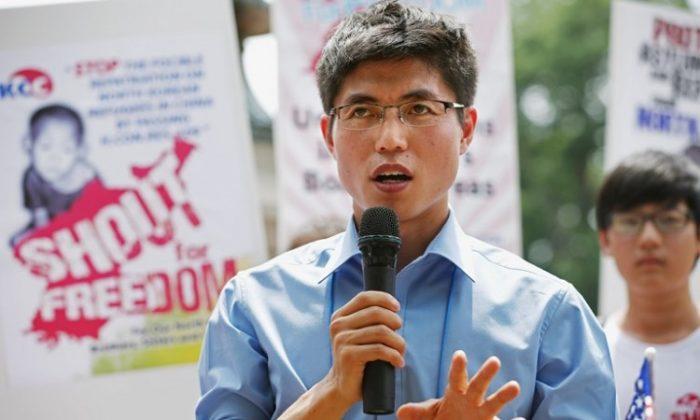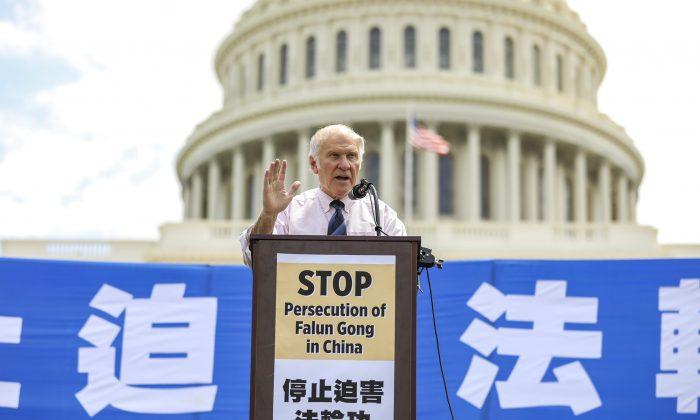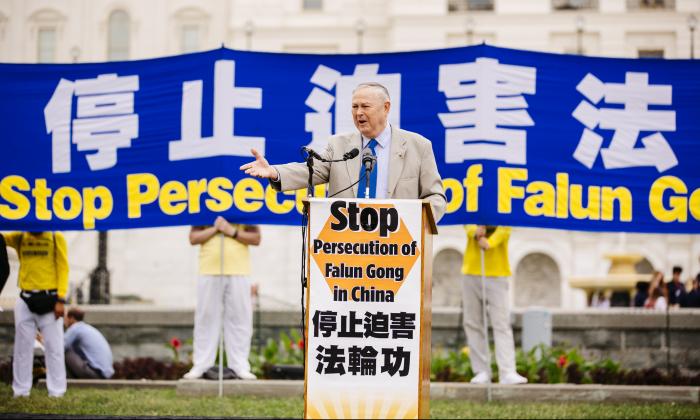WASHINGTON—North Korea has long been a pariah state with its internment camps and social stratification system. Despite its secrecy and isolation, the “hermit” kingdom has always been watched and analyzed by human rights organizations. In recent years, the wall of secrecy has been breached.
With the aid of satellite imagery and interviews with thousands of North Korean defectors, steady progress is being made in collecting data on the crimes of the state against its people—data that could be used in future trials, say human rights advocates.
The regime denies any human rights issues exist. “The so-called political prisoner’s camps do not exist,” a representative of the Democratic People’s Republic of Korea (DPRK or North Korea) told the U.N. Human Rights Council on Dec. 9, 2009, as cited in the “Hidden Gulag” by David Hawk.
Amnesty International estimates that between 150,000 and 200,000 political prisoners are incarcerated in North Korea. Some 23,000 North Koreans who have taken refuge in South Korea give testimony that severe human rights violations in North Korea are ongoing.
U.S.-Korea Institute at SAIS (School of Advanced International Studies) co-sponsored a seminar Dec. 13 in Washington D.C. with the Database Center for North Korean Human Rights (NKDB) and the Committee for Human Rights in North Korea (HRNK) to release the most recent information about internment camps in North Korea.
Since the 1990s, NKDB has accumulated a database of 42,408 cases of human rights abuses perpetrated on 23,437 individuals. A total of 8,703 interviews and surveys have been conducted since 2002.
Insung Kim, who heads the research team at the Database Center, enumerated sundry categories of human rights violations in North Korean detention facilities.
The data shows slight declines in the basic human rights violations of loss of life and loss of sustenance, but an increase in other kinds of abuses.
“Basic human rights have thus been improving, but abuses of freedom of speech, property, belief, the rights of detainees, and the right of abode, are still being reported in greater numbers,” Kim told the DailyNK, an opposition publication operating outside of North Korea.
Satellite imagery, which has been improving over the last decade, is a valuable data source. HRNK, partnered with DigitalGlobe, which provides high-resolution images of Earth. They compared satellite imagery of internment Camp 22 in Hoeryong, North Hamgyong Province as shown on Nov. 5, 2010, May 21, 2011, and, most recently, on Oct. 11, 2012. The HRNK-DigitalGlobe report on Camp 22 released Oct. 24 was based on this analysis.
“A significant number of the smaller guard posts and towers have been either razed or abandoned,” said Executive Director of HRNK Greg Scarlatoiu. This would seem to indicate that the regime is shutting down Camp 22.
Other imagery, however, shows harvesting on the fields and activity at the coal mines, evidence that Camp 22 is still operational. The summary report said, “North Korean authorities have been slowly transferring small sections of prisoners out of Camp 22 and replacing them with a regular workforce from other locations.”
“My greatest fear is that … the North Korean regime may be in the process of dismantling these facilities, attempting to turn them into Potemkin villages that can be featured to … inspectors,” Scarlatoiu said. “[The regime would then say,] ‘All the reports of our political prison camps were definitely unfounded. Please come and take a look.’”
The organizations are conscious of the impact their data may have in the future. If the regime collapses or transforms, their documentation may be useful in holding perpetrators of human rights abuses accountable.
Carl Gershman, president of the National Endowment for Democracy, spoke of the “steady erosion and progressive unraveling of the closed totalitarian regime of North Korea,” during his keynote address at the Dec. 13 symposium.








